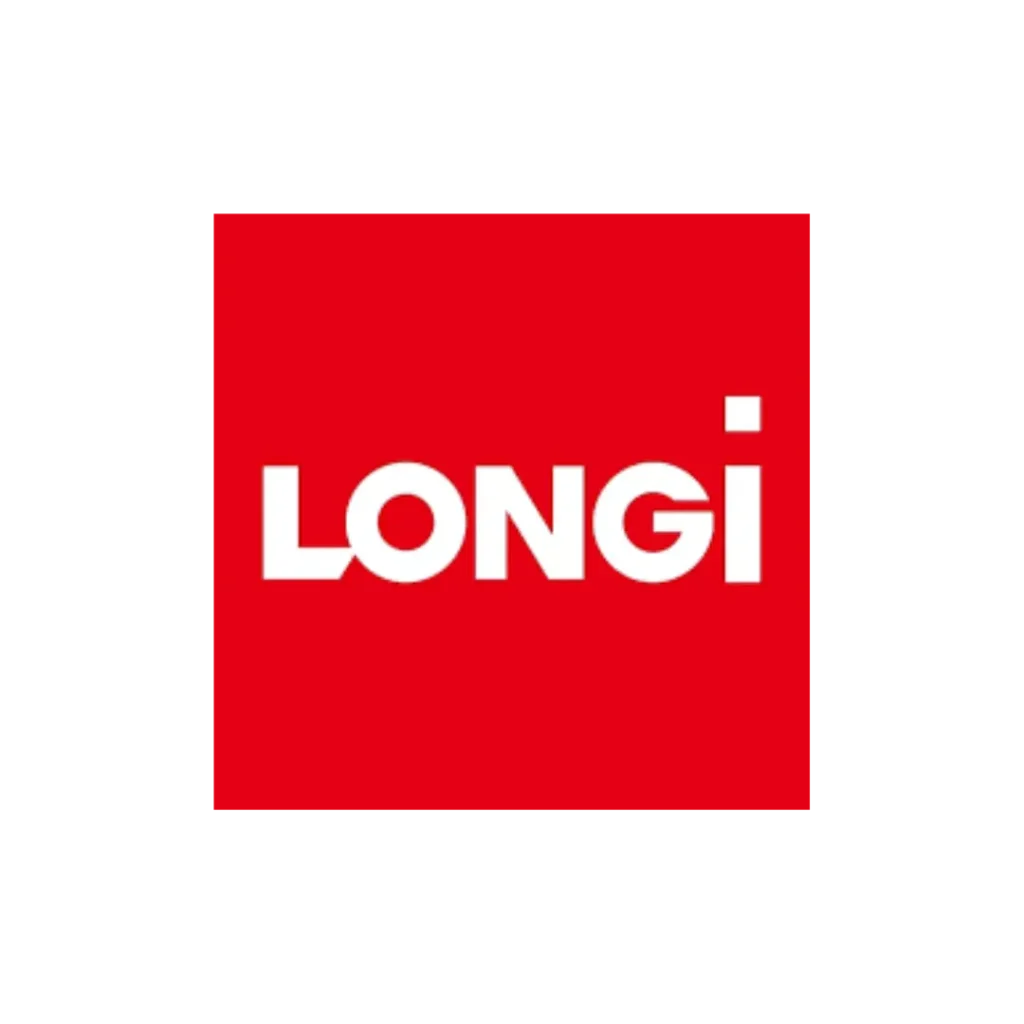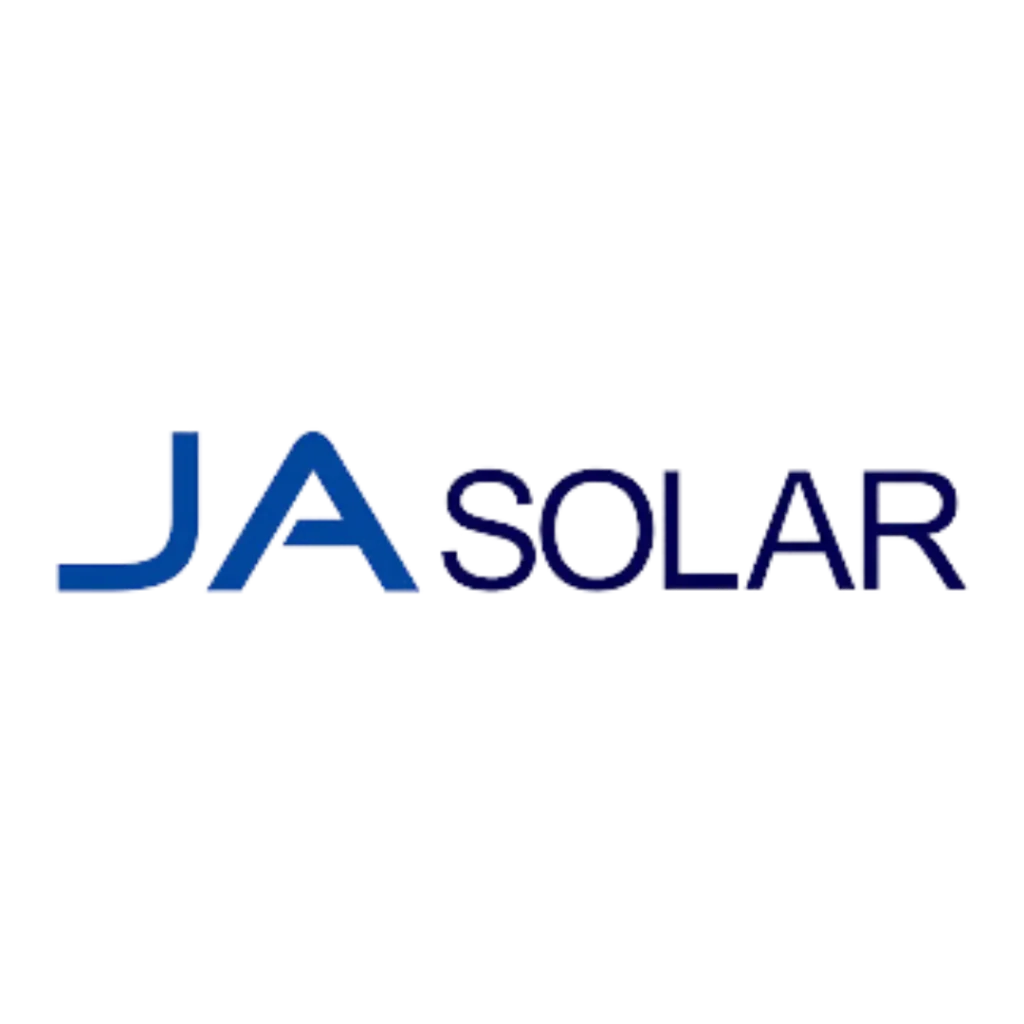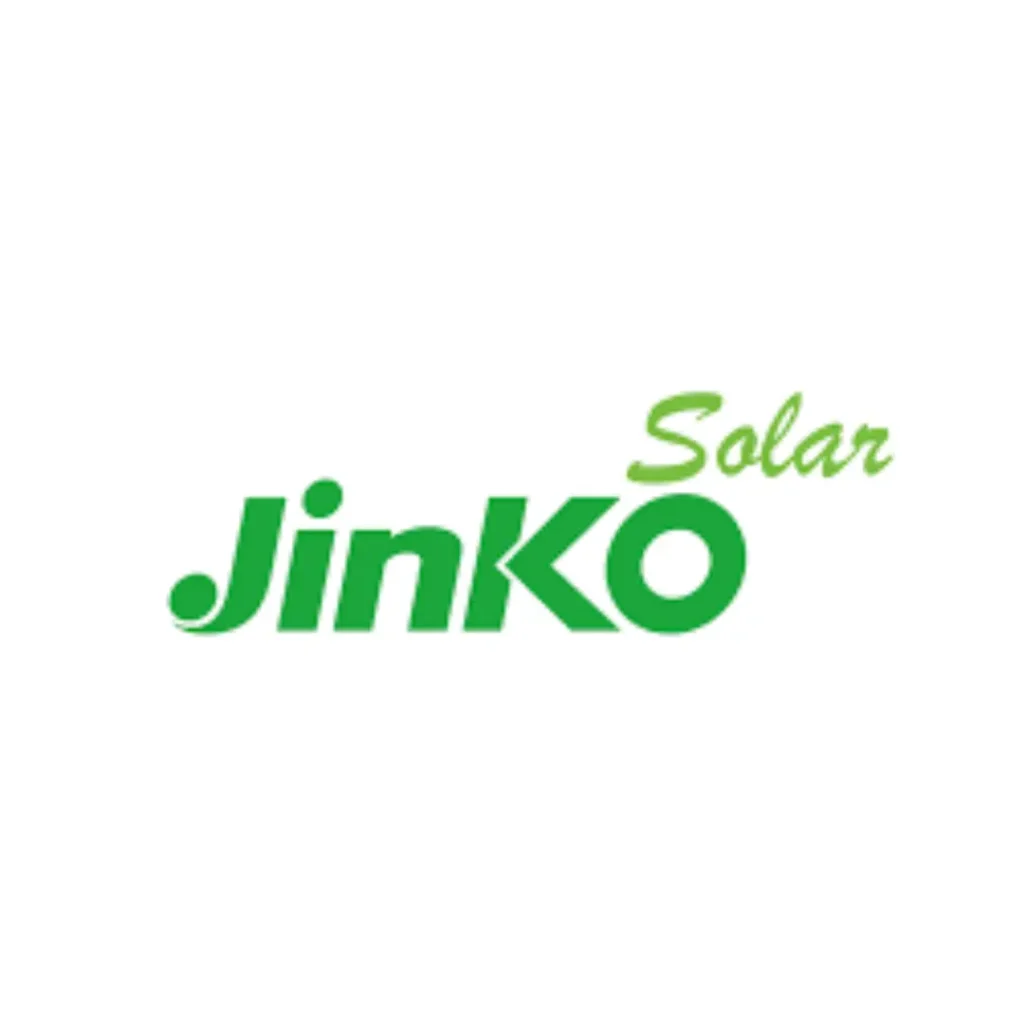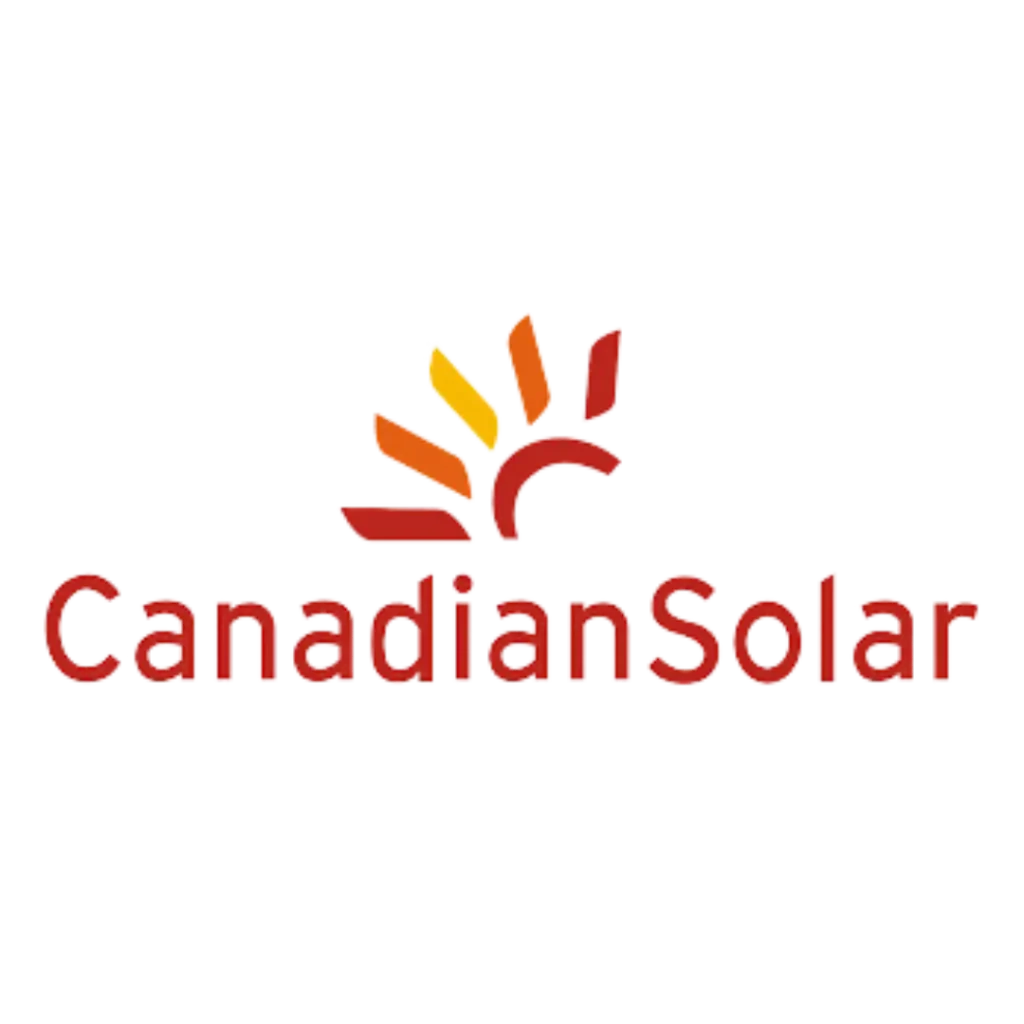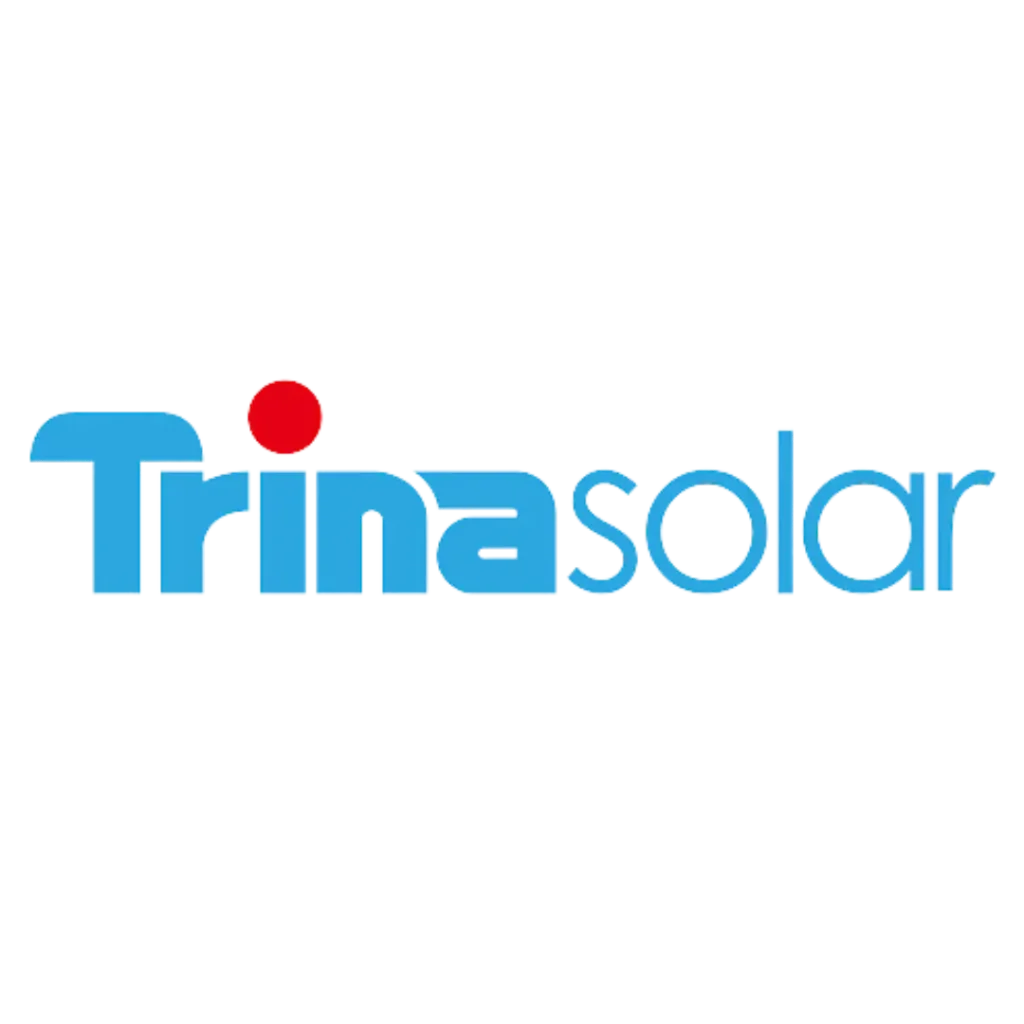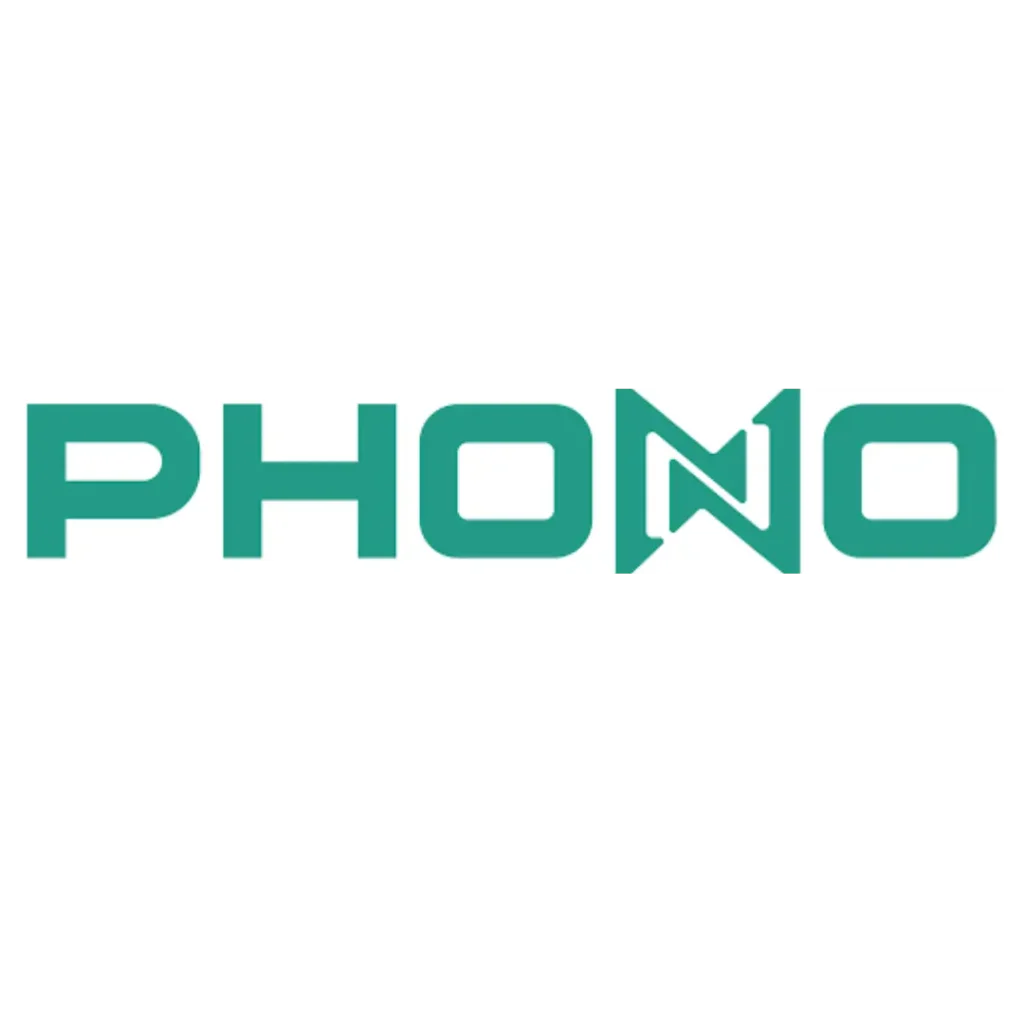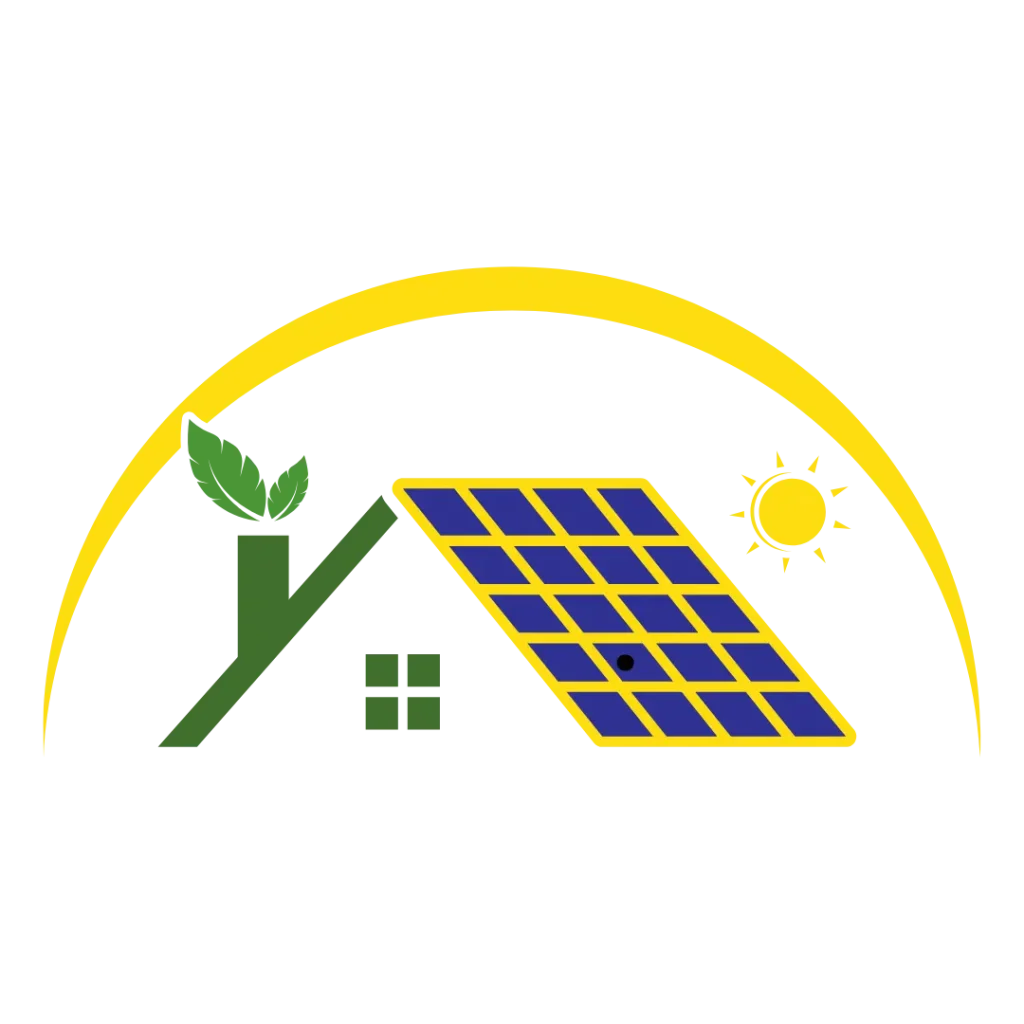Solar Panel Prices in Pakistan- Today Latest News
Solar panels are an important need of every household in Pakistan and who can not pay the electricity bill in this era of load shedding or inflation.
And especially in Pakistan, everyone should know the latest news and prices of solar panels. We will provide you with the latest updates on this website.
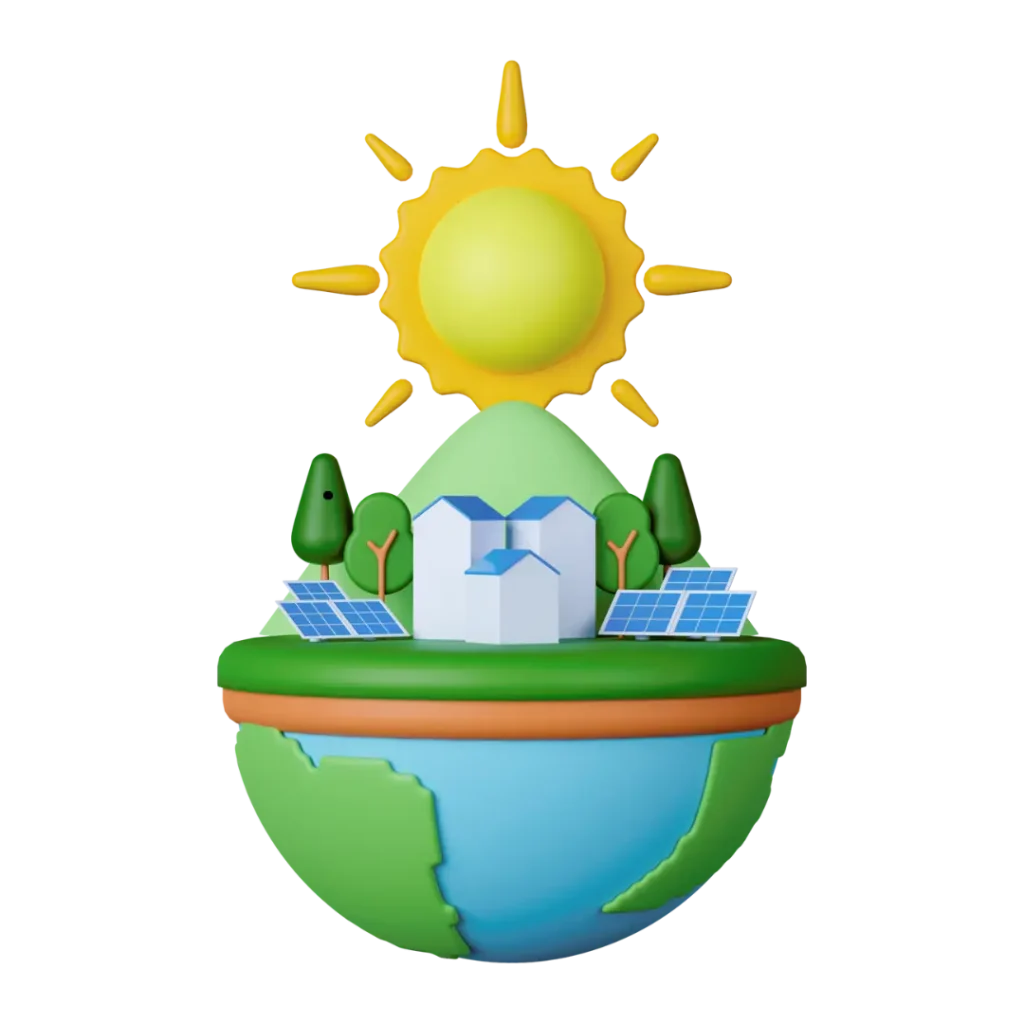
A Grade Solar Panel Prices in Pakistan
Due to their outstanding quality, A Grade solar panels are definitely the most commonly used. Because they are free of chips, cracks, and scratches, they transform solar energy into electricity with the best efficiency. Below are the prices of the most well known brands of solar panels in Pakistan.
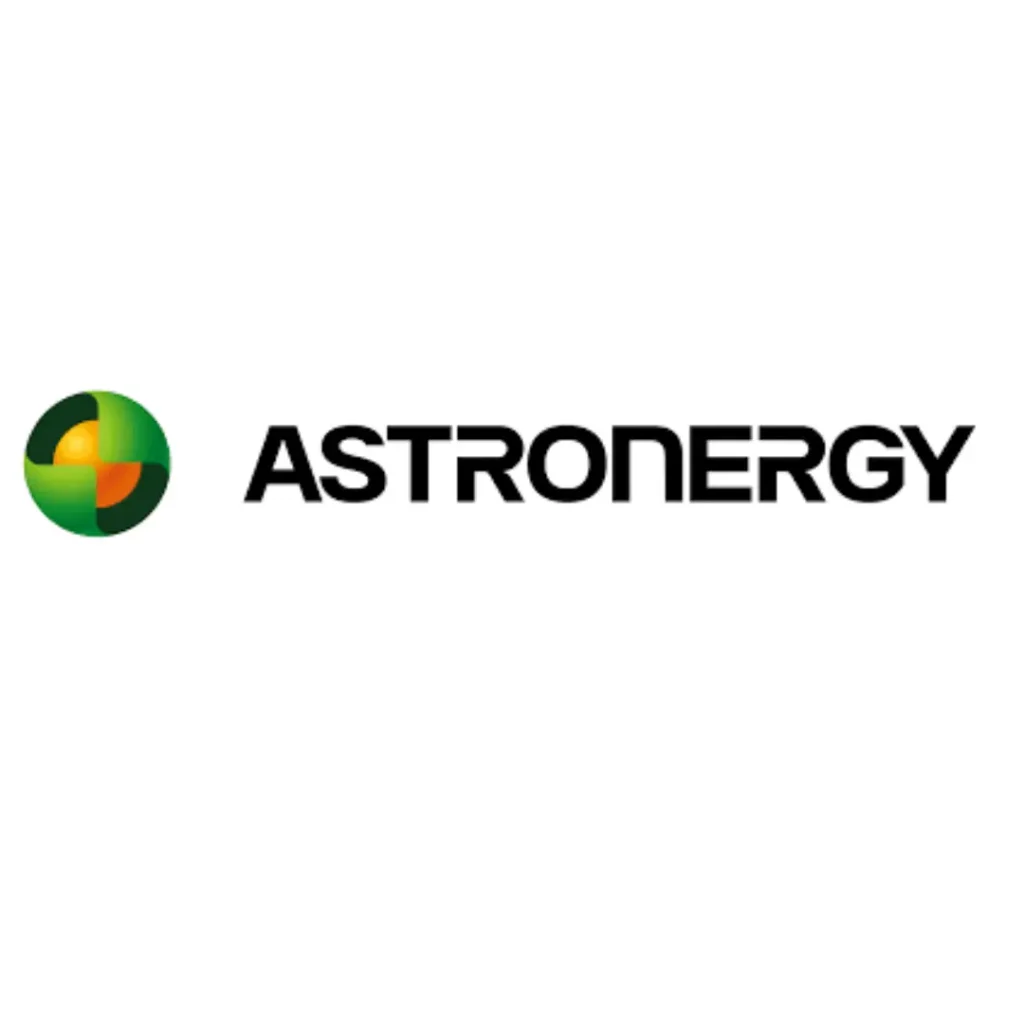
Astro N-type Bifacial
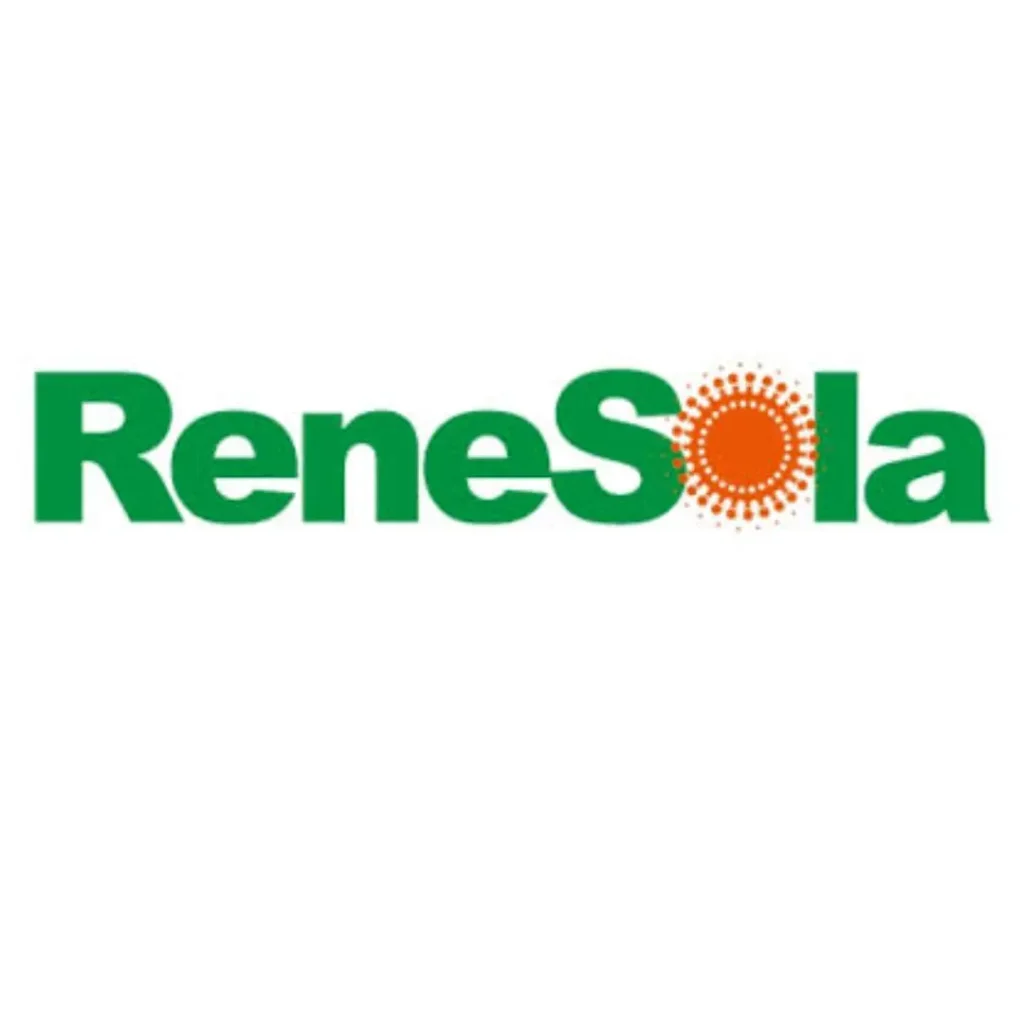
RENA A Grade Double Glass
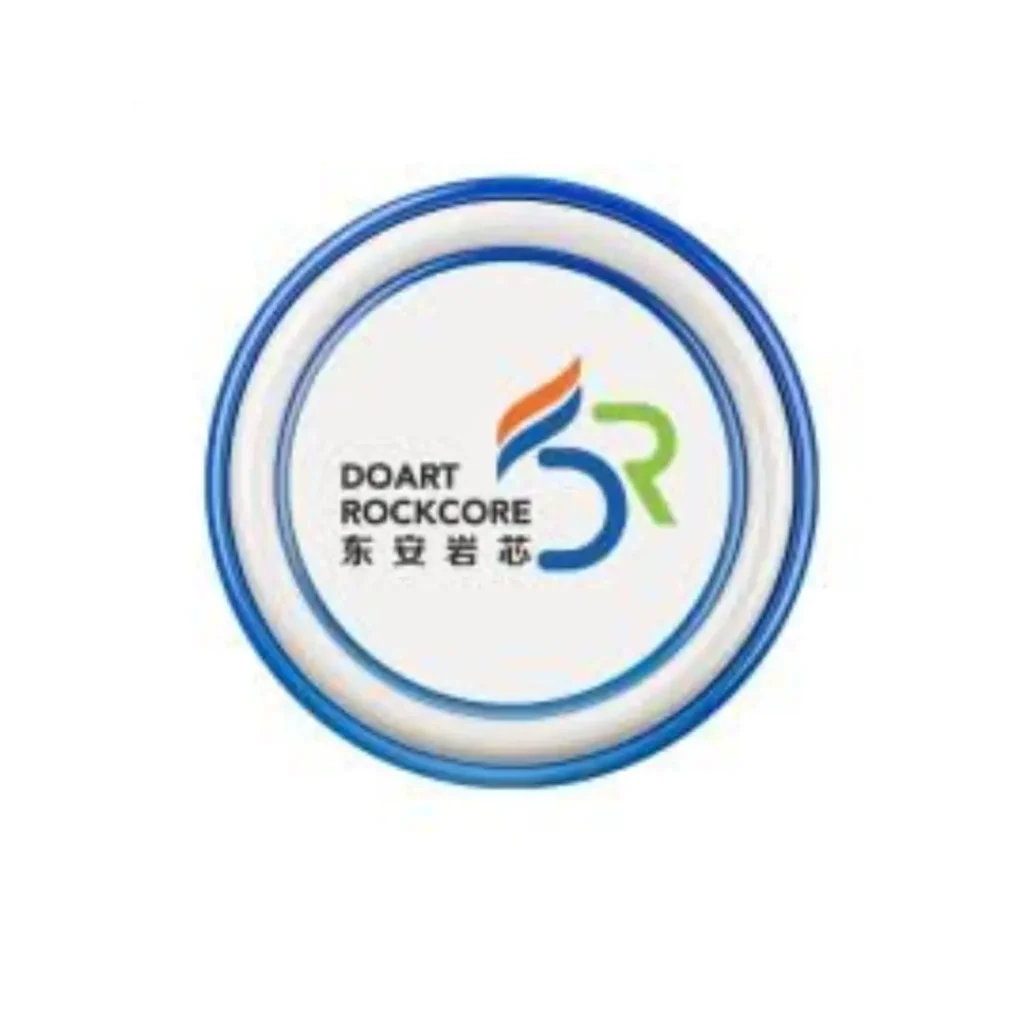
Doart N-type 550W Bifacial
B-Grade Solar Panel Prices in Pakistan
B Grade solar Panels are solar cells that feature an aesthetic problem that does not limit the power, their price is a little lower than A Grade panels.
In Pakistan, different local brands offer quality panels at reduced costs alongside B-grade panels available from famous names. The costs for both local and B-grade panels are listed below.
Longi 550 watts B grade
26 Rupees per watt
jinko 550 watt B-Grade
26 Rupees per watt
Canadian B-Grade 650 watts
32 Rupees per watt
JA 550 Watts B-Grade
25 Rupees per watt
650 watts
30 Rupees per watt
450 watts
27 Rupees per watt
Per-Watt Solar Panel Prices in Pakistan
in the following table we mention the accurate rate per-watt solar panel prices in Pakistan.
| Panel Capacity (Watts) | Price Per Watt (PKR) | Total Price Per Plate (PKR) |
|---|---|---|
| 100W | 60 – 80 | 6,000 – 8,000 |
| 150W | 60 – 80 | 9,000 – 12,000 |
| 200W | 60 – 75 | 12,000 – 15,000 |
| 250W | 60 – 72 | 15,000 – 18,000 |
| 300W | 60 – 70 | 18,000 – 22,000 |
| 400W | 60 – 68 | 24,000 – 28,000 |
| 500W | 60 – 66 | 30,000 – 35,000 |
| 600W | 60 – 65 | 36,000 – 42,000 |
| 700W | 60 – 64 | 42,000 – 49,000 |
| 800W | 60 – 63 | 48,000 – 56,000 |
| 900W | 60 – 62 | 54,000 – 63,000 |
| 1000W | 60 – 61 | 60,000 – 70,000 |
| 150W | 60 – 80 | 9,000 – 12,000 |
| 170W | 60 – 75 | 10,200 – 12,750 |
| 280W | 60 – 72 | 16,800 – 20,160 |
| 450W | 60 – 70 | 27,000 – 31,500 |
| 540W | 58 – 65 | 31,320 – 35,100 |
| 545W | 58 – 65 | 31,610 – 35,425 |
| 550W | 58 – 64 | 31,900 – 35,200 |
| 580W | 58 – 63 | 33,640 – 36,540 |
Key Notes:
- Price Per Watt: The cost decreases slightly as the wattage increases due to economies of scale.
- Total Price: Calculated as the product of wattage and the price per watt.
- Factors Influencing Prices: These include brand, efficiency, warranty and market conditions.
solar panel prices in cities of Pakistan
latest updated solar panel prices in the top 10 cities of Pakistan in terms of per watt cost:
| City | Price per Watt (PKR) |
|---|---|
| Islamabad | Rs. 32 to 34 per watt |
| Rawalpindi | Rs. 32 to 33.5 per watt |
| Lahore | Rs. 28 to 32 per watt |
| Quetta | Rs. 31 to 33 per watt |
| Faisalabad | Rs. 31 to 33 per watt |
| Peshawar | Rs. 32.5 to 34 per watt |
| Karachi | Rs. 28 to 31 per watt |
| Multan | Rs. 30 to 33 per watt |
| Hyderabad | Rs. 29 to 32 per watt |
| Sialkot | Rs. 30.5 to 33.5 per watt |
Key Insights:
- Islamabad and Peshawar have the highest prices due to supply chain and demand factors.
- Karachi and Lahore have competitive prices due to large markets and accessibility to solar suppliers.
- Smaller cities like Sialkot and Multan offer mid-range pricing but can vary depending on the supplier.
Which is the Best Solar Panel in Pakistan?
Longi Solar
Longi Solar Panels are highly efficient, offering up to 21.0% energy output. Known for advanced monocrystalline technology and enhanced PERC (Passivated Emitter and Rear Cell) features, they perform well even in low light and hot climates like Pakistan. Durable and reliable, these panels come with a 25-year performance warranty. Popular worldwide for their affordability and reliability, they are available in both monofacial and bifacial options, making them a preferred choice for many customers.
Jinko solar
Jinko Solar panels are globally recognized for their reliable quality and excellent performance. With an efficiency of around 20%, they perform well even in low-light or cold weather conditions. Featuring anti-reflective coatings for better sunlight absorption and high durability against heavy winds or dust, they suit both commercial and domestic needs. Backed by a 10-year product warranty and a 25-year performance warranty, they offer various sizes to meet different requirements.
Canadian Solar
Canadian Solar panels are a top choice for affordable, high-quality solar energy solutions. Available in both monocrystalline and polycrystalline models, they cater to various budgets and needs. With up to 21.6% efficiency, advanced shingled cell technology and reliable performance even in cloudy weather, they are ideal for Pakistan’s diverse conditions. These panels are certified for high wind and snow loads, making them durable and dependable. Backed by a 12-year product warranty and a 25-year performance guarantee, Canadian Solar panels offer excellent value for households and businesses seeking sustainable energy.
Trina Solar
Trina Solar panels are highly reliable and affordable, making them a top choice worldwide. With efficiency ranging from 16.2% to 21.4%, they feature multi-busbar technology for better energy efficiency and offer bifacial options to capture sunlight from both sides. Designed to withstand extreme weather, they suit residential and commercial projects, backed by a 12-year product warranty and a 25-year performance guarantee.
Panasonic Solar
Panasonic solar panels offer an impressive efficiency range of 19.2% to 22.2%. They use advanced heterojunction (HJT) technology, ensuring excellent energy output even in hot climates. These panels resist performance degradation, retaining over 90% efficiency after 25 years. Additionally, they perform well in low-light conditions and high temperatures, making them highly reliable.
JA Solar
JA Solar Panels are highly efficient, with rates ranging from 20% to 22.8%. Known for innovative photovoltaic technology, including PERC and bifacial modules, they offer excellent performance even in low sunlight. With high durability, resistance to environmental stress, and double-glass modules for added strength, these panels are backed by a 12-year product warranty and a 30-year performance guarantee. Based in Beijing, China, JA Solar is one of the world’s largest solar cell manufacturers. Widely used in Pakistan for residential and commercial purposes, these panels are a popular choice for their reliability and high performance.
Solar System Prices in Pakistan
| Solar System Capacity | Estimated Price (PKR) | Daily Energy Output (kWh) | Ideal For |
|---|---|---|---|
| 1kW Solar System | 200,000 – 270,000 | 5 | Small households |
| 2kW Solar System | Around 400,000 | 8 | Small to medium households |
| 3kW Solar System | Around 600,000 | 12-15 | Medium households and small businesses |
| 4kW Solar System | Around 800,000 | 16-18 | Medium-sized households |
| 5kW Solar System | Around 1,000,000 | 20 | Larger households |
| 6kW Solar System | Around 1,200,000 | 24 | Homes with substantial energy needs |
| 7kW Solar System | Around 1,400,000 | 28 | Large households or small businesses |
| 8kW Solar System | Around 1,600,000 | 32 | Extensive energy requirements |
| 10kW Solar System | Around 1,700,000 | 40 | Large homes or businesses |
| 15kW Solar System | Around 2,500,000 | 60 | Very large households or medium businesses |
| 20kW Solar System | Around 3,000,000 | 80 | Large businesses or industrial applications |
Types of solar panel in Availible Pakistan
In Pakistan, the following types of solar panels are commonly available, catering to residential, commercial and industrial needs:
Monocrystalline Solar Panels
Monocrystalline solar panels are a premium choice for solar energy, crafted from high-purity silicon. Their distinguishing deep black color and high efficiency (17–22%) make them a top-tier option. Despite their performance, they are costly due to significant silicon waste during production over 50% is discarded. These panels excel in low-light conditions and offer a long lifespan, justifying their higher price.
Advantages:
- Space-efficient, ideal for limited roof areas.
- Superior durability and reliable energy output.
- Sleek black design adds aesthetic appeal.
Applications:
- Residential rooftops.
- Commercial buildings prioritizing energy efficiency.
- Solar farms requiring high performance per square meter.
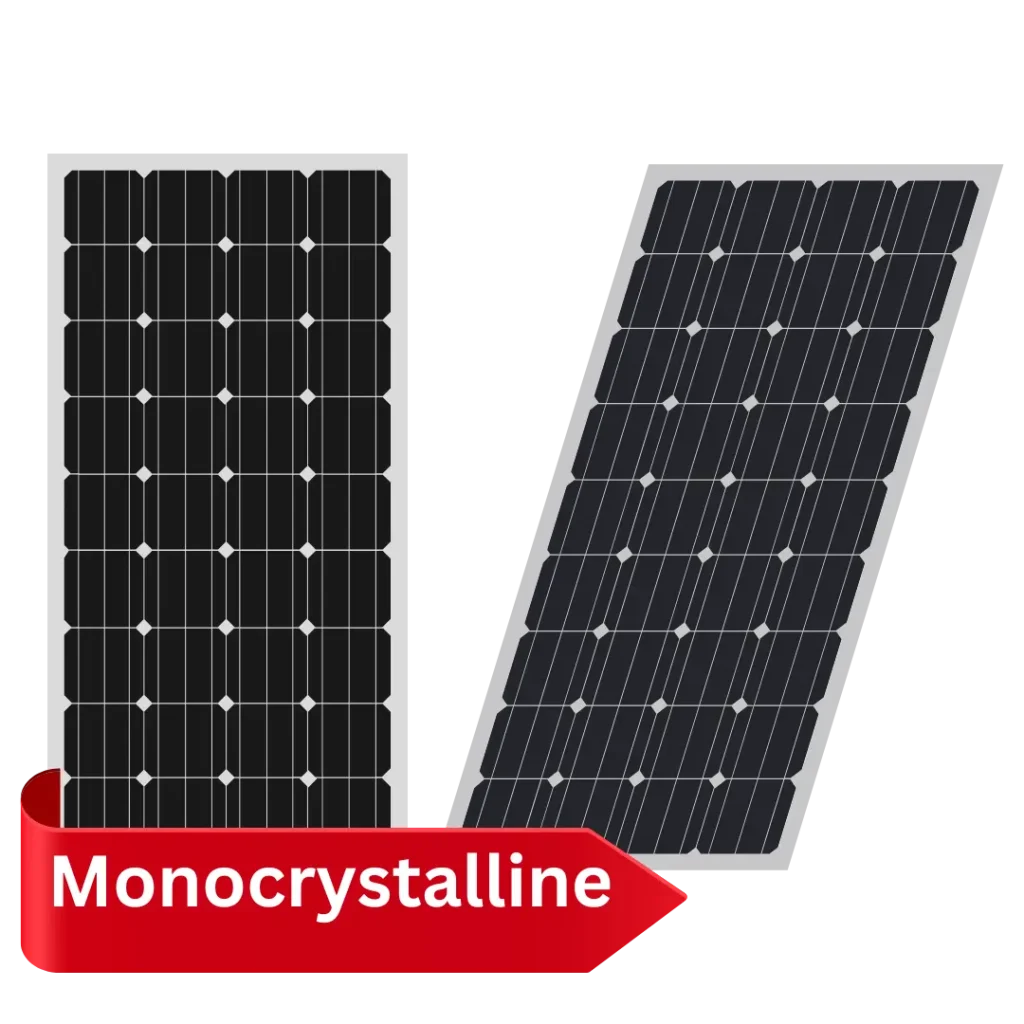
Polycrystalline Solar Panels
Polycrystalline solar panels are made from multiple silicon crystals melted together and molded into a square shape, resulting in a characteristic blue hue. These panels are cost-effective and widely accessible, making them a preferred choice for budget-conscious installations.
Key Advantages:
- Affordability: Cost-effective alternative to monocrystalline panels.
- Environmental Impact: Minimal silicon waste during production.
- Reliability: Suitable for large-scale applications.
Limitations:
- Efficiency: Energy conversion rates range from 15–18%.
- Heat Sensitivity: Reduced performance in high temperatures.
Ideal Applications:
- Rural electrification projects.
- Large-scale agricultural and industrial setups.
- Community centers with expansive roof space.
Availability: Easily accessible in Pakistan and other regions at competitive prices.
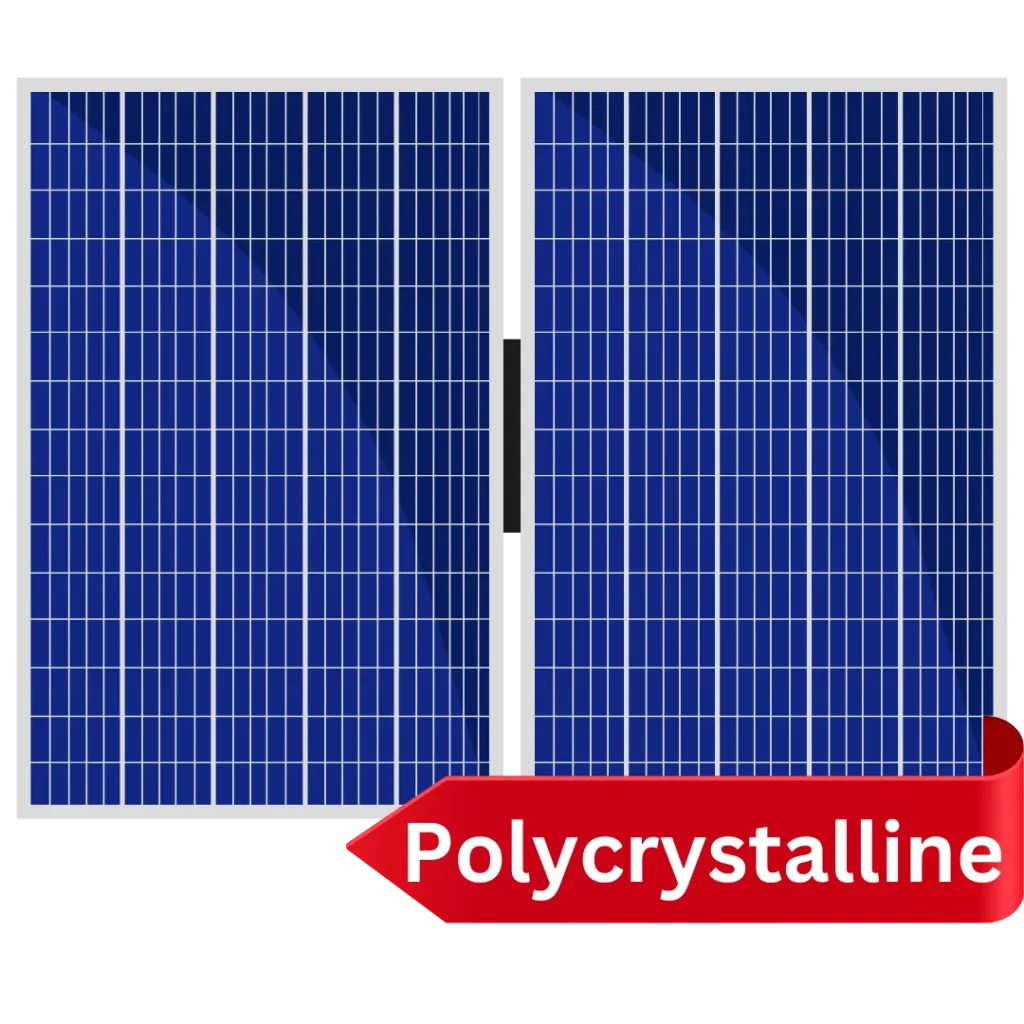
Thin-Film Solar Panels
Thin-film solar panels stand out for their adaptability, making them ideal for unique applications. Their construction involves ultra-thin layers of photovoltaic material, reducing weight and increasing flexibility. These panels are manufactured using materials like cadmium telluride (CdTe), copper indium gallium selenide (CIGS), and amorphous silicon (a-Si).
Key Attributes:
- Efficiency Range: 8–13%, depending on material.
- Environmental Tolerance: Performs well under low sunlight and extreme temperatures.
- Manufacturing Versatility: Can be produced in various shapes and sizes.
Notable Applications:
- Wearable technology.
- Solar-integrated building materials.
- Remote energy systems.
Availability: Increasing demand but production remains niche.
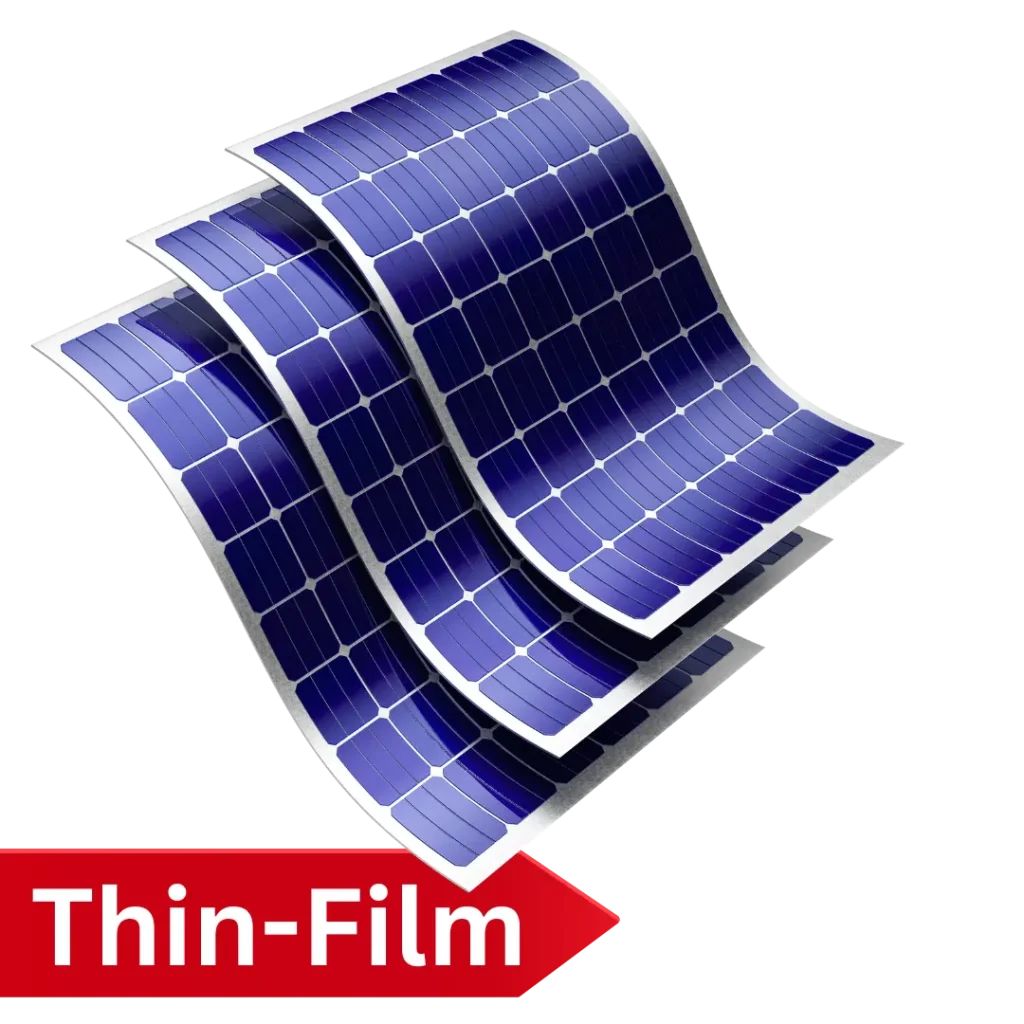
Bifacial Solar Panels
Availability:
Emerging technology available through select innovators in the solar industry.
Key Features:
- Aesthetic Appeal: Designed to seamlessly integrate into windows and glass facades.
- Energy Efficiency: Converts both direct sunlight and ambient light into electricity.
- Versatile Applications: Ideal for urban settings with limited rooftop space.
- Eco-Friendly: Promotes sustainable architecture by combining energy generation with natural light usage.
Popular Uses:
- Smart windows in residential and commercial buildings.
- Greenhouses, allowing sunlight penetration while generating energy.
- Public infrastructure like bus stops and charging stations.
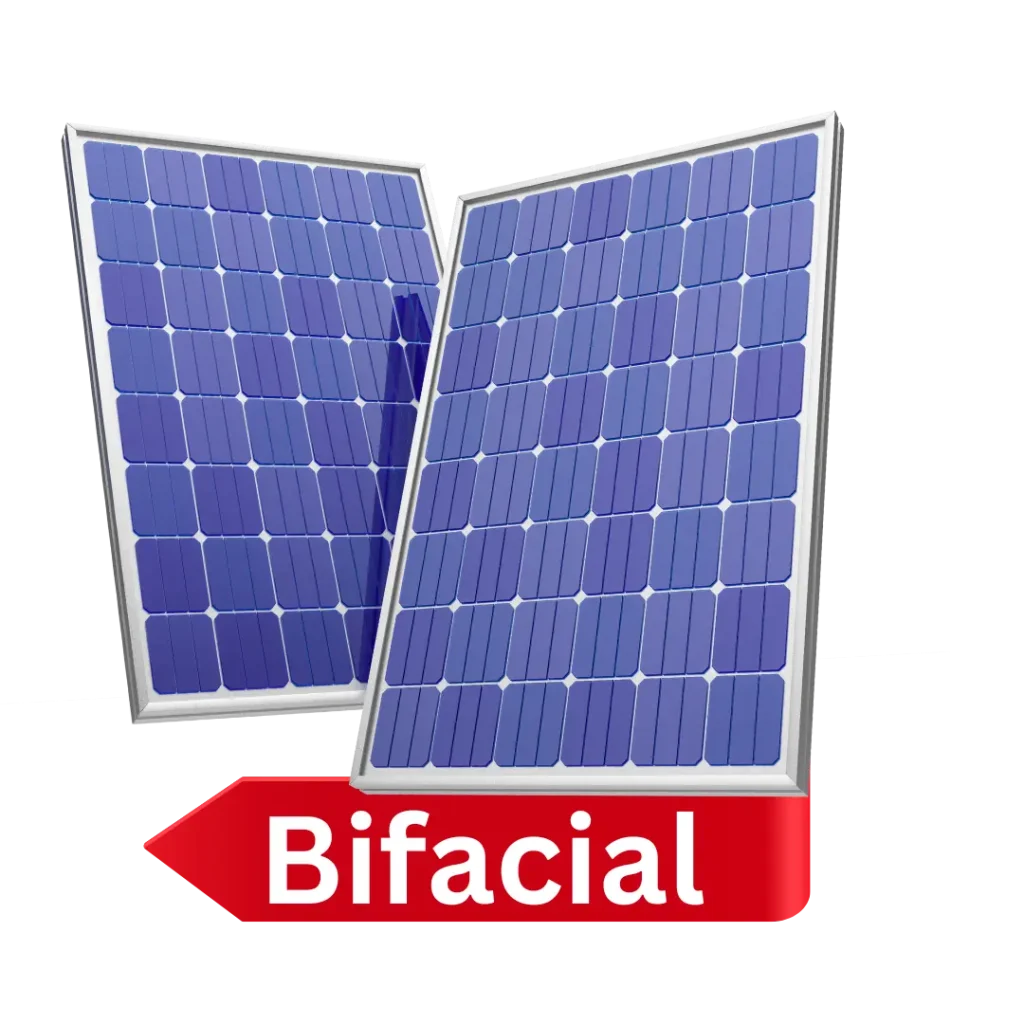
PERC (Passivated Emitter and Rear Contact) Solar Panels
PERC solar panels represent an advancement in photovoltaic technology, designed to maximize energy output by improving light capture and heat management. These panels are widely regarded for their enhanced performance in various conditions.
- Functionality: Incorporates a rear-side passivation layer to reflect unabsorbed light back into the silicon wafer.
- Heat Reduction: Minimizes heat loss by managing wavelengths beyond 1,180 nm.
- Durability: Engineered to perform efficiently in high-temperature environments.
- Efficiency Range: Typically between 19–24%, outperforming standard panels.
- Application: Optimal for limited space installations needing higher energy output.
- Limitations: Slightly higher upfront cost than standard panels.
- Market Adoption: Increasingly preferred for residential and commercial projects.
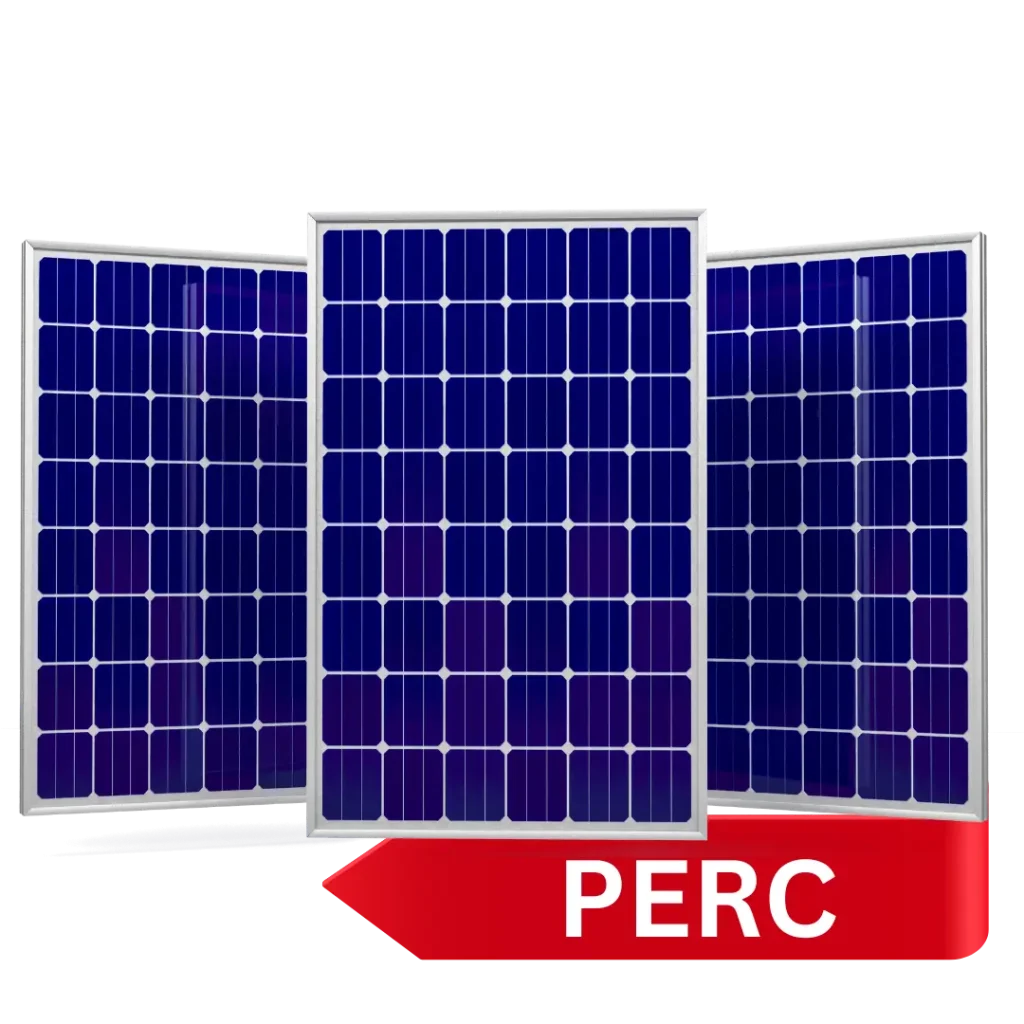
Flexible Solar Panels
Availability:
Often available in select online marketplaces, renewable energy stores, or through niche suppliers.
Key Features:
- Thin-film design enabling flexibility and durability.
- Suitable for off-grid setups due to lightweight construction.
- Easy to transport and install, even in challenging locations.
Efficiency: Ranges from 10–15%, depending on the brand and technology used.
Popular Uses:
- Charging small electronics for outdoor adventures.
- Powering remote monitoring systems or security cameras.
- Enhancing energy solutions for disaster relief efforts.
Additional Advantages:
- Resistant to minor impacts and weather conditions.
- Compatible with a wide range of battery systems.
- Environmentally friendly option for mobile power needs.
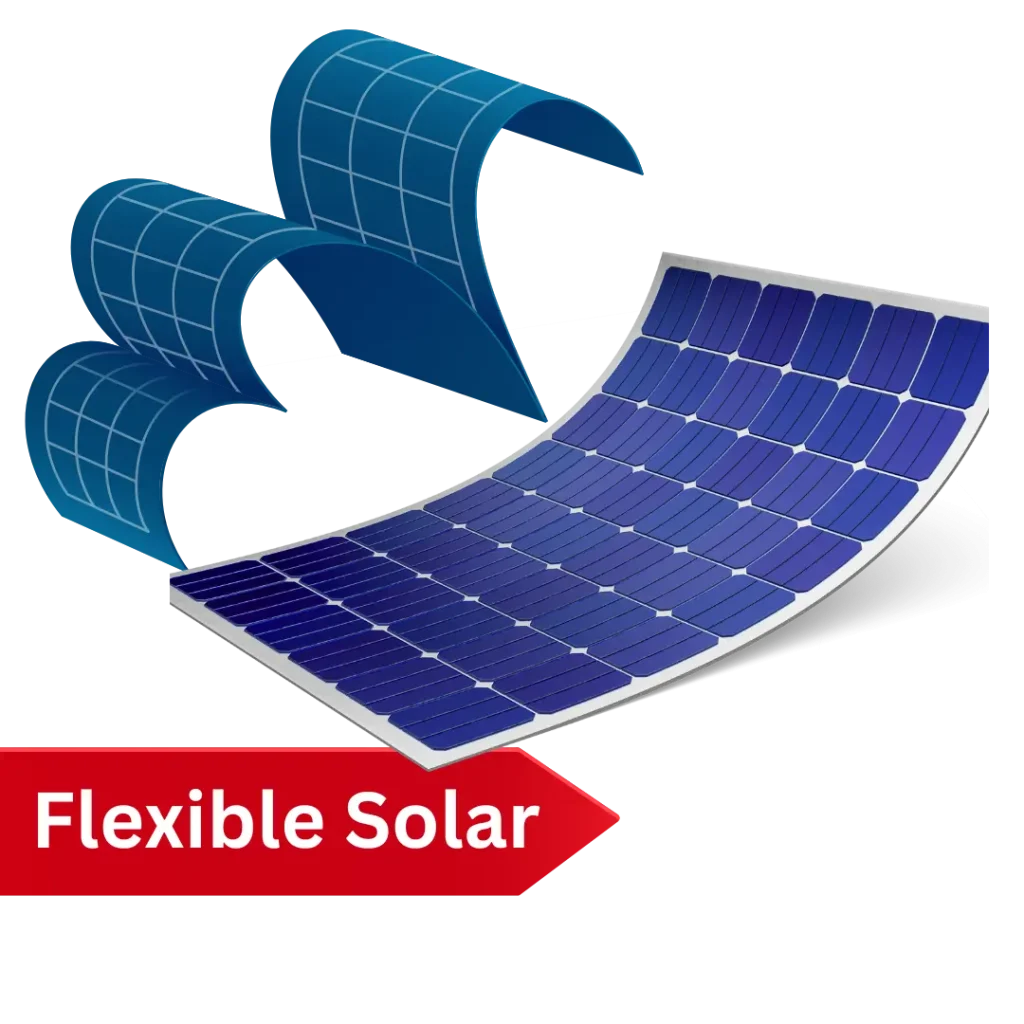
Simple Guide Installing Solar Panels
7 basic rules and principles to consider before installing a solar system in Pakistan:
1. Assess Your Energy Needs
- Review your electricity bills to understand current and future energy consumption.
- Determine the size of the solar system required.
2. Evaluate the Site
- Check your roof’s orientation, shading, and space availability.
- Consider local climate conditions for optimal solar energy generation.
3. Regulatory Compliance
- Research local building codes, permits, and safety regulations.
- Ensure your installation meets all legal requirements.
4. Understand Solar Resource & Technology
- Assess solar irradiance levels using tools like solar maps.
- Opt for efficient technologies like N-type or P-type solar panels.
- Top Brands: Longi Solar, Jinko, Canadian Solar, JA Solar, etc.
5. Budget and Financing
- Set a realistic budget and explore financing options like loans, rebates, or tax credits.
- Consider quality components for long-term durability.
6. Hire a Reputable Installer
- Choose certified and experienced installers.
- Ensure they provide design, installation, and after-sales support.
7. Plan for Grid Connection and Maintenance
- Collaborate with your utility for grid integration and net metering.
- Confirm warranties and arrange periodic system maintenance.
Government Solar Energy Initiatives in Pakistan
The government of Pakistan is actively promoting renewable energy through various initiatives to make solar energy more accessible and affordable. Here are unique points about these programs:
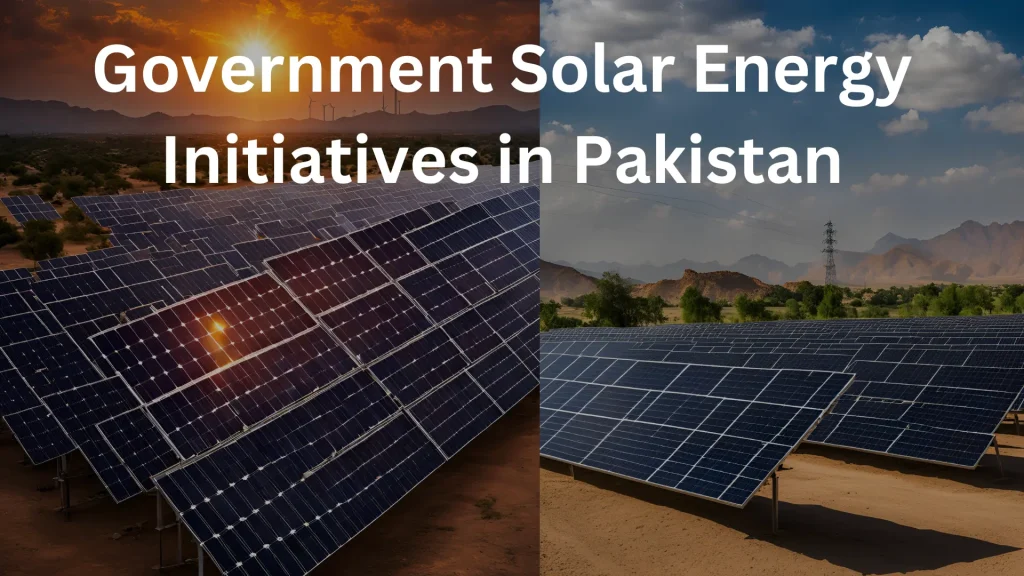
- Zero-Interest Loans: Certain provincial governments have launched interest-free loan schemes for solar panel installations to encourage households and businesses.
- Net Metering Expansion: A streamlined net metering process has been introduced, allowing excess energy to be sold back to the grid at competitive rates.
- Energy Efficiency Standards: Subsidies now also focus on high-efficiency solar panels and inverters, ensuring better output and sustainability.
- Community Solar Projects: Special subsidies for setting up community-owned solar farms.
- Training Programs: Free training sessions for technicians to support the solar energy sector.
International Solar Panel Prices
Regional Pricing
| Region | Cost Details |
|---|---|
| United States | $15,000–$22,500 for residential systems ($2.84 per watt). After 30% tax credit: $10,500–$15,750. |
| United Kingdom | £7,100 for a standard 3.5 kWp installation. |
| China | Module prices as low as $0.11 per watt due to advanced manufacturing. |
Global Trends
| Aspect | Details |
|---|---|
| Price Decline | Prices dropped from $0.60 per watt (2012) to $0.11 per watt (2024). |
| Historical Prices | $150 per watt in 1970, marking a drastic reduction over time. |
| Recent Developments | China large scale production significantly reduced module prices. |
Conclusion
In our country, Pakistan solar panels have become growing in popularity due to increasing expenses and power outages. Longi, Jinko, Canadian and JA solar panels are the best on the market in Pakistan. In Pakistan, solar panels are cheap. Choosing these best solar panels will reduce electricity expenses and prevent shortages.

